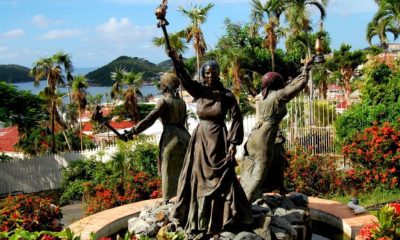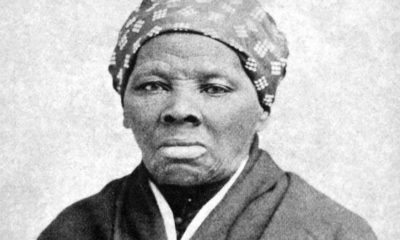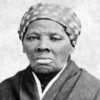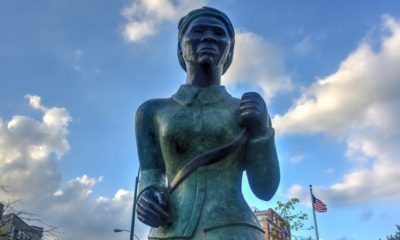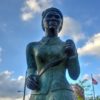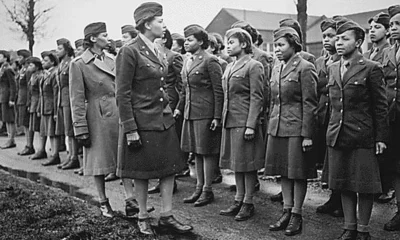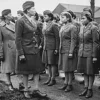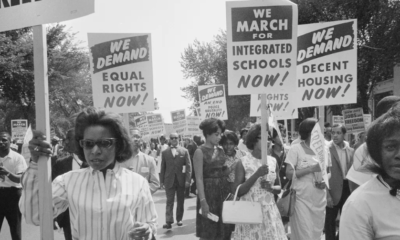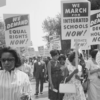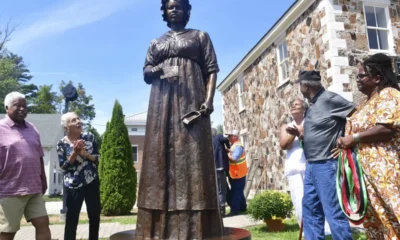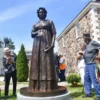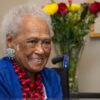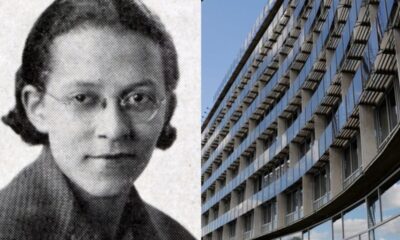Black Women in History
Black History Month: A Rare Photo & Royal Shawl Honor Harriet Tubman’s Strength & Bravery
In our continuing coverage of Black History Month, historian Daina Ramey Berry asks curators from the National Museum of African American History and Culture to share the remarkable stories of important African-American figures. Today see a rare photo of Harriet Tubman in her prime and learn how Queen Victoria honored the courageous freedom fighter with a royal gift.
Harriet Tubman, called the “Moses” of her people, known for liberating herself and countless others from the yoke of slavery, is probably the most recognized African American woman of the 19th century. In addition to aiding runaways, she served as a scout, spy, cook and nurse for the Union Army during the Civil War. Sarah H. Bradford, an antebellum author, recorded the earliest biographies of Tubman’s life: Scenes in the Life of Harriet Tubman (1869) and Harriet, the Moses of Her People(1886), although Tubman insisted on a revision of the first to provide readers with a more authentic chronology. Tubman donated the proceeds from these books to raise funds for poor and elderly African Americans. Today, the National Museum of African American History and Culture includes in its collection several artifacts relating to Tubman’s life including her shawl, on display in the exhibit “Slavery and Freedom,” and a very rare photograph of a young Tubman.
The Rebirth of Harriet Tubman
Born into slavery as Araminta “Minty” Ross, around 1820 or 1822, Tubman grew up on Maryland’s Eastern Shore. Her parents, Harriet Green and Benjamin Ross, had a large family consisting of about nine children. We do not know where Tubman fell in the birth order, but we know that she witnessed the sale of at least two of her sisters and it had a lasting impact on her. The harsh realities of slavery haunted her childhood and, as a result, she ran away for the first time at age seven. She reluctantly returned to her enslaver after hiding in a pigpen for four days. During her adolescence Tubman suffered from a head injury that nearly killed her and left visible and psychological scars for the rest of her life.
In 1844, when she was in her early twenties, she married a free black man named John Tubman. Five years later, she made a decision to free herself from slavery leaving her husband behind. Like Sojourner Truth, Tubman’s decision was based on faith. Through her self-liberation, she became reborn as “Harriet,” perhaps in honor of her mother. She remained a fugitive in the North and Canada until abolition in 1865. Tubman worked with anti-slavery activists and helped others escape slavery. She went back to the South on three occasions to rescue her family and was disappointed in 1851 when her husband refused to join her.
From this point forward she became a conductor in the Underground Railroad and made regular trips to the southern states ushering enslaved African Americans to freedom. She was very active in the 1860s especially during the Civil War. In 1863, she led an armed raid that resulted in freeing more than 700 enslaved people living near the Combahee River in South Carolina. Tubman died in 1913, in her 90s, surrounded by loved ones. She was commemorated at a well-attended stately memorial, with Booker T. Washington delivering the keynote address, and buried with full military honors in Auburn, New York.
Preserving Tubman’s Vitality in a Rare Photo
Most of the extant images of Tubman are from her later life when she was in her sixties. However, last year, after a competitive bidding process, the NMAAHC and the Library of Congress jointly purchased this rare photo ….
Please read more- Black History Month: A Rare Photo & Royal Shawl Honor Harriet Tubman’s Strength & Bravery




